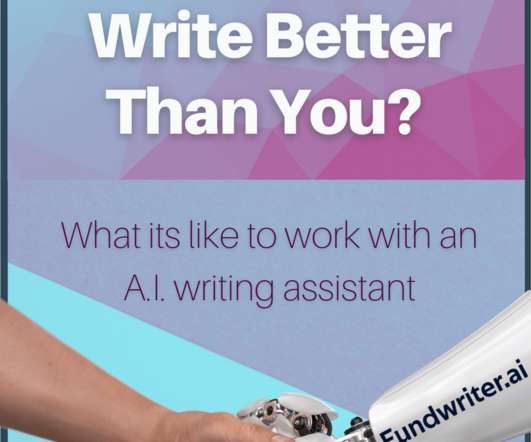Wisdom 2.0: Balance in A Hyper Connected World
Beth's Blog: How Nonprofits Can Use Social Media
FEBRUARY 24, 2012
I attended the first conference in May, 2010 was filled with gratitude to Soren for the amazing experience and opportunity to reflect life and balance in age of social networks. This post shares some reflections from yesterday and a few nuggets that I learned from the presentations. I use pen and a note book to take notes!















Let's personalize your content